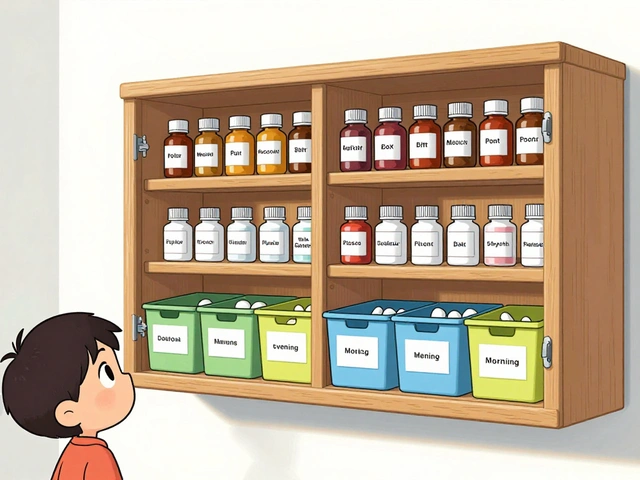Future developments in pharmaceuticals: what’s coming and what matters
Pharma is changing faster than many realize. New tools like AI, gene editing, and mRNA platforms are moving from lab tests into real treatments. That means better-targeted medicines, faster drug discovery, and more choices for patients — but also new risks. This page pulls together the practical things to watch so you can make smarter health decisions as these changes arrive.
Big trends you’ll notice soon
AI is speeding drug discovery. Instead of testing thousands of compounds by hand, researchers use algorithms to predict which molecules might work. That shortens timelines and pushes more treatments into trials. You’ll see faster announcements about new drugs, but also more early-stage failures — not every AI hit becomes a safe medicine.
Personalized medicine keeps growing. Labs can now match treatments to genetics, not just symptoms. That means some patients will get tailored doses or different drugs entirely. For example, cholesterol care already has non-statin options like PCSK9 inhibitors and bempedoic acid. Expect more alternatives tailored to each person’s risk and tolerance.
RNA and gene therapies are moving into everyday care. mRNA taught the world a lesson during the pandemic: it can be scaled and adapted quickly. Beyond vaccines, researchers are testing mRNA for cancers and rare diseases. Gene editing tools will aim to fix underlying causes, not just manage symptoms. These are promising but complex and often costly at first.
Telemedicine and online pharmacies will keep growing. That makes access easier, especially for repeat prescriptions and follow-ups. But safety varies. Use only accredited services, require real prescriptions, and watch for unrealistic discounts. Our guides cover safe online buying for specific drugs and regions.
How to stay safe and informed
Check approvals before you trust a new treatment. Regulatory agencies like the FDA, EMA, or your local authority list approvals and safety warnings. New does not always mean better; sometimes older drugs are safer and cheaper.
When buying medicine online, verify the pharmacy. Look for a physical address, licensed pharmacists, secure payment (HTTPS), and a requirement for prescriptions when needed. If a site sells controlled drugs without prescriptions or offers absurdly low prices, walk away.
Ask simple questions to your prescriber: Why is this new option better for me? What are the alternatives? How will we monitor side effects? If a treatment is personalized, ask what tests and follow-up are required.
Want updates? Follow reliable sources and read patient-focused explainers. On this site you’ll find articles about new lipid drugs, safe online pharmacies in 2025, alternatives to common meds, and practical safety tips. Use them to compare options before you act.
Future developments will give more choices and faster fixes. Use curiosity and caution together: track approvals, verify sources, and discuss options with your clinician before switching treatments.
In my latest research, I delved into the future of Erlotinib, a drug primarily used for treating lung and pancreatic cancers. Exciting developments are on the horizon, with the potential for this drug to be combined with others for enhanced effectiveness. These novel drug combinations could revolutionize treatment options and outcomes for patients. Moreover, new indications for Erlotinib are being explored, broadening its potential use beyond the current known cancers. This could be a game-changer in the field of oncology.





